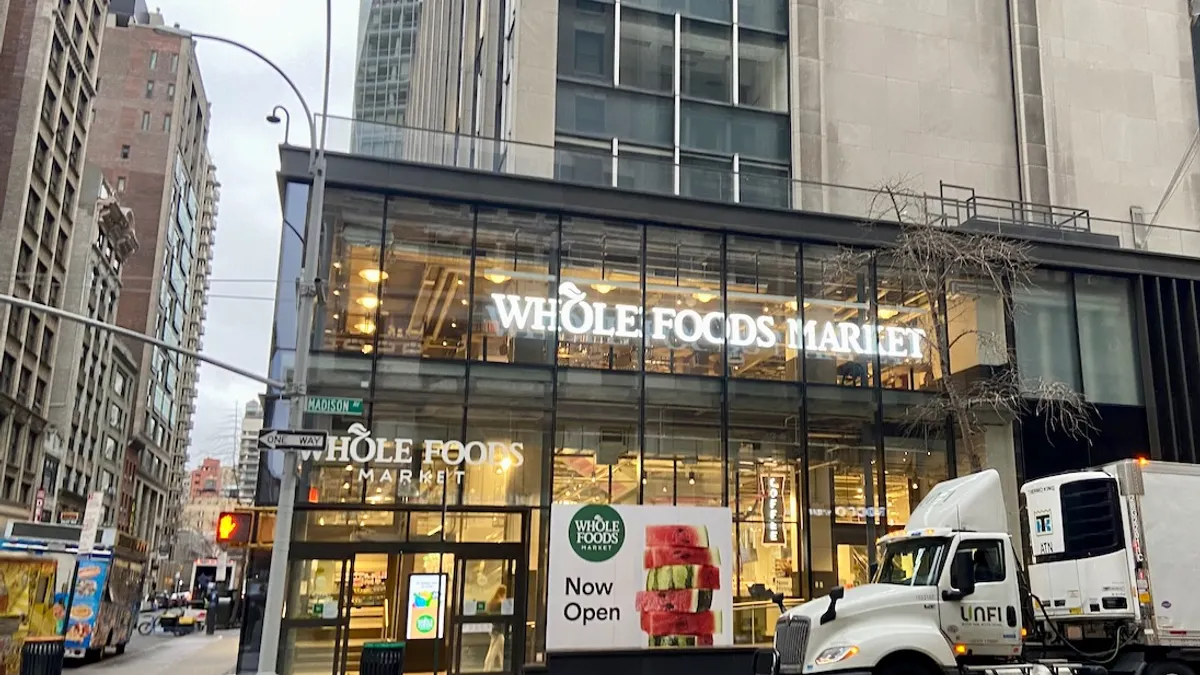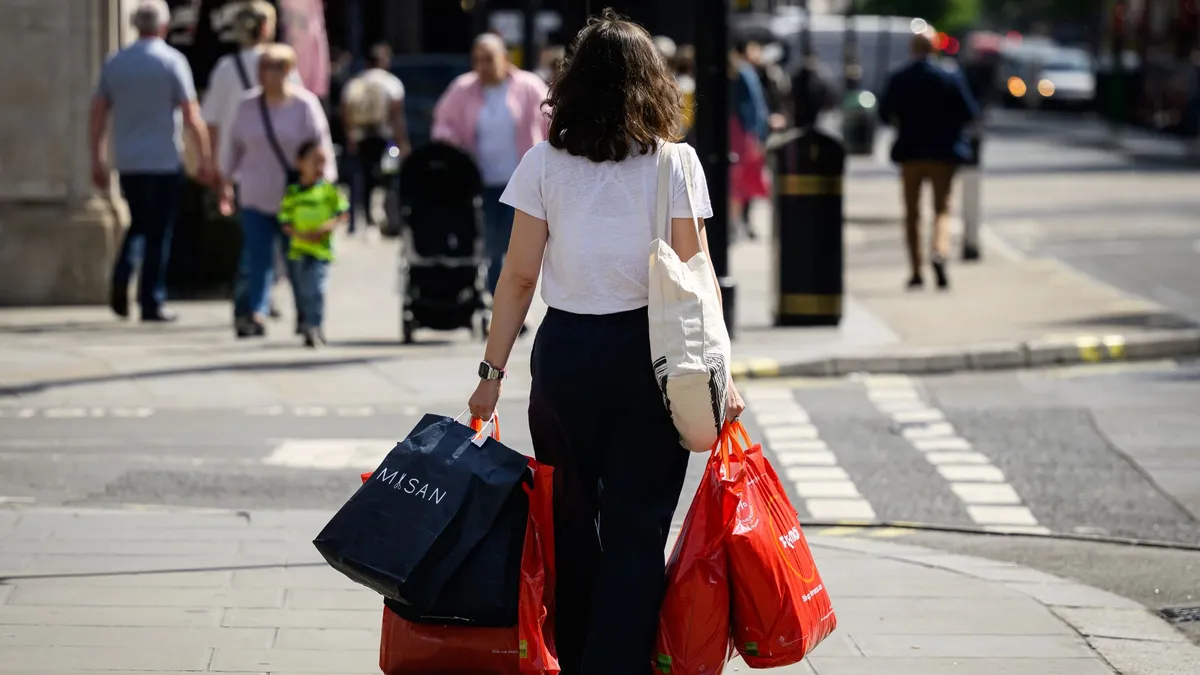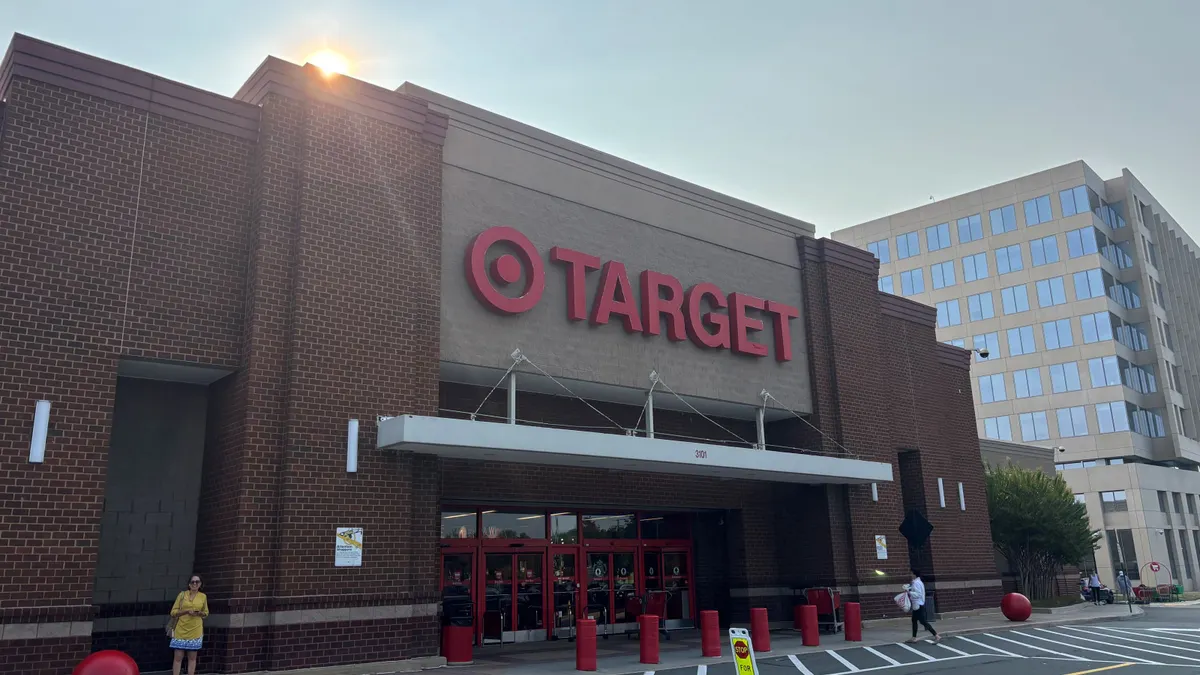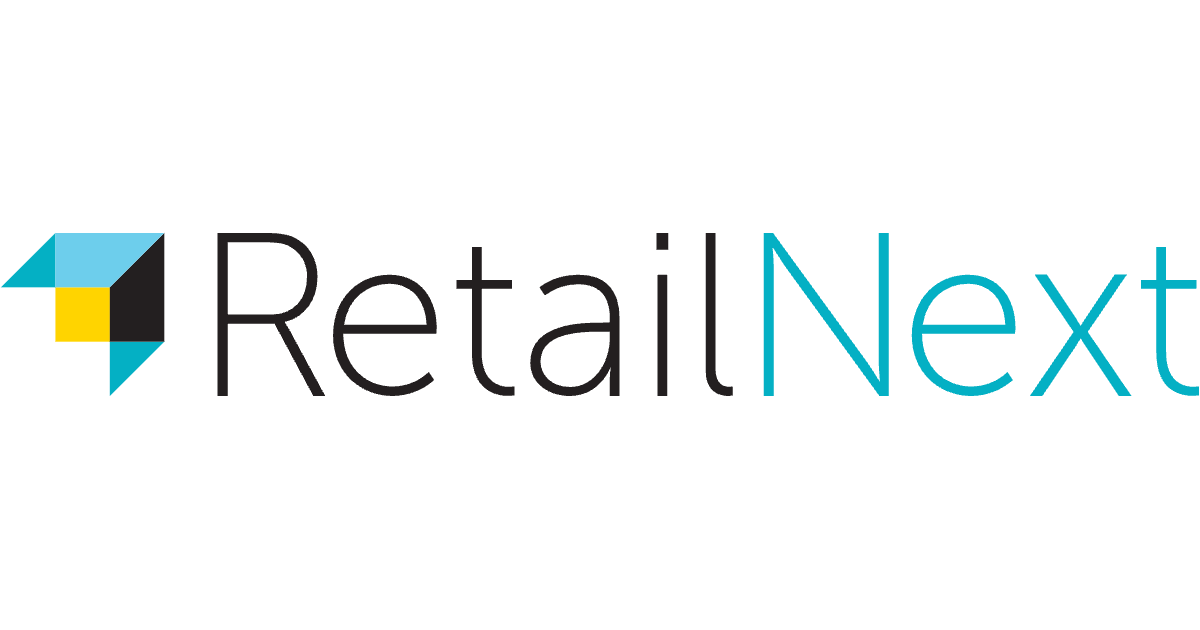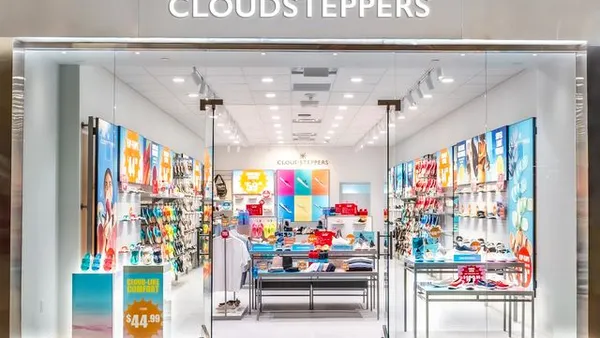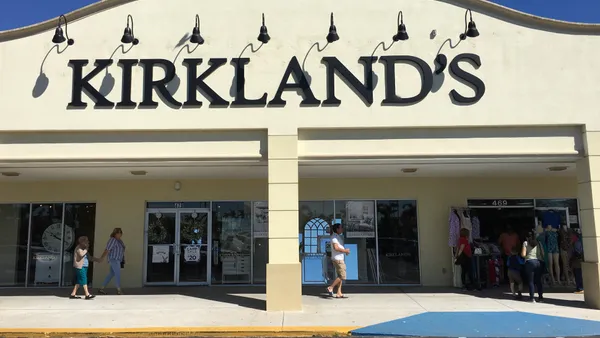Amazon sees “a significant opportunity” for growth in its existing physical stores, which are centered on grocery — at least for now. The e-commerce giant announced plans to expand same-day deliveries of fresh groceries, now in 1,000 U.S. cities, to 2,300 by the end of the year.
Even that could be seen as an extension of e-commerce as much of physical retail. In any case, despite the current dominance of brick and mortar, e-commerce will ultimately take over, and AI is making that happen even faster than before, Andy Jassy told analysts on a Thursday earnings call.
“I still think if you look at the worldwide market segment share of retail, still 80% to 85% of it lives in physical stores,” he said. “That equation is going to flip over time. And I think AI is going to only accelerate that.”
Physical retail remains a small, if growing, portion of Amazon’s retail operation. In Q3 online store sales rose 10% year over year to $67.4 billion, while physical stores sales rose 7% to $5.6 billion, according to financial filings Thursday. Overall product sales rose 9.6% to $74.1 billion. There’s a price to all of that e-commerce, as worldwide shipping costs rose 8% to $25.4 billion.
Several analysts noted that Amazon is taking share in retail. But other aspects of the retail business are growing faster than either the online or offline channel. Seller services sales grew 12% to $42.5 billion; advertising grew 24% to $17.7 billion; and subscription services grew 11% to $12.6 billion.
Whatever the impact of AI on the retail landscape, there’s no doubt it’s fueling Amazon’s tech operation, and Amazon’s tech operation is fueling profits.
Most analyst reports released Thursday and Friday focused on the company’s AWS unit, where Q3 net sales rose 20% year on year to over $33 billion. Even with estimated severance costs related to planned layoffs, AWS segment operating income rose over 9% to $11.4 billion. Overall operating income, including two special charges — $2.5 billion from a legal settlement with the Federal Trade Commission and $1.8 billion in estimated severance costs related to planned layoffs — was essentially flat from last year at $17.4 billion.
“Clearly AWS continues to drive the bus here, with acceleration in growth and better-than-expected operating margin in the segment,” William Blair analysts led by Dylan Carden said in a Friday client note.
The 14,000 layoffs confirmed by Amazon earlier in the week are also tied to AI, as the company said it anticipates a need for fewer people as generative AI continues to advance.



